SAINT-RÉMY-DE-PROVENCE
In the majestic setting of the Alpilles, between Avignon and Arles, lies a little jewel: Saint-Rémy de Provence. Beautifully restored houses, Renaissance and 18th century mansions, chapels and convents line the small winding streets of the historic centre. Shaded boulevards, squares embellished with old fountains and café and restaurant terraces are all invitations to the Provencal art of living. A beautiful heritage enriched by the archaeological site of Glanum and the Antiques, of which the Arc de Triomphe and the Mausoleum of Julius are the exceptional testimonies of the High Antiquity. The town, which saw the birth of Nostradamus, has been and still is a source of inspiration for many artists. Seduced by the setting and atmosphere of the town, many have taken up residence here and numerous studios and art galleries flourish in the town centre.

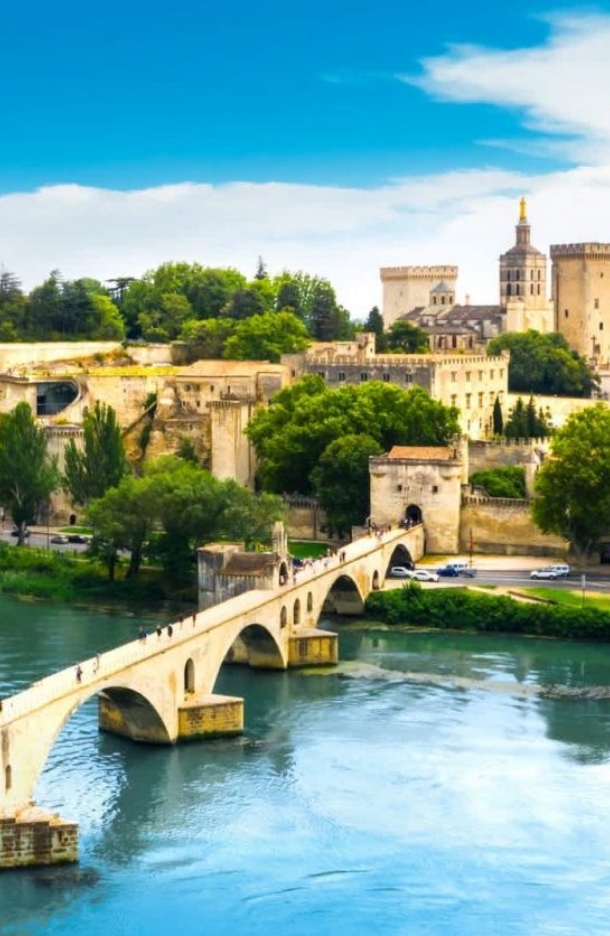
AVIGNON
The historic centre of this former city of the popes is a UNESCO World Heritage Site.
Avignon, a city in Provence in south-eastern France, is crossed by the Rhône. From 1309 to 1377, the Catholic popes took up residence in the city. It remained under papal rule until 1791, when it became part of France. The Palais des Papes, which is located in the city centre, is surrounded by medieval stone ramparts and bears witness to this history.
The city's historic centre, the Palais des Papes, the Episcopal complex and the Pont Saint Bénezet are UNESCO World Heritage Sites. Originally the Forum d'Avenio - the Roman town in the 1st century BC. - the Place de l'Horloge remains the "centre" of Avignon. This is where you'll find the Town Hall, built between 1845 and 1851 on the site of an old cardinal's livery, from which it has retained the old fortified tower that was transformed into a belfry in the 15th century, as well as the Jacquemart clock. Next door, the municipal theatre, also dating from the 19th century, is home to the Avignon opera, and at the very top of the square is the pretty Belle Époque carousel.
A meeting place lined with café terraces and restaurants, the square is always bustling with activity. Just like the Place du Palais up the road, a vast esplanade taken over in summer by street performers. And as its name suggests, this is where you'll find the formidable Palais des Papes, emblem of the city and monumental testimony to Avignon's importance in the Christian world in the Middle Ages. Built from 1335 onwards, mainly by two papal builders, the austere Benedict XII and his successor, the much less ascetic Clement VI, the palace would become the largest Gothic building in the whole of Europe. The visit, which includes the private flats with their fabulous frescoes, is one of Avignon's must-sees.
ARLES
City of Art and History, rich in ancient remains. Arles is a town on the Rhône in the Provence region of southern France. It is famous for having inspired the paintings of Van Gogh, who influenced the contemporary art exhibited at the Vincent Van Gogh Foundation. Once the provincial capital of ancient Rome, Arles is also renowned for its many ruins from that era, including the Arles amphitheatre, which now hosts plays, concerts and bullfights.


AIX EN PROVENCE
Aix-en-Provence, located in the Provence-Alpes-Côte d'Azur region of southern France, is an iconic city with a rich university tradition. It is also famous for being the birthplace of the painter Paul Cézanne, a major figure in post-impressionism.
A pleasant stroll will take you to the most important places in Cézanne's life, including his childhood home, Jas de Bouffan, and his studio. The majestic Sainte-Victoire mountain, overlooking the town and its surrounding countryside, inspired many of his most famous works.
L'ISLE-SUR-LA-SORGUES
Known as the "Venice of the Comtadine", L'Isle sur la Sorgue is one of the most attractive towns in the PACA region because of its exceptional living environment. It draws its attraction from the Sorgue, a river with a never-dry source that gives the strange impression of a miraculous suspension of time. Antique dealers, boutiques with character, galleries, Campredon Art Centre, a cultural mecca, all these ingredients contribute to the myth of the "L'Isle sur la Sorgue" phenomenon.
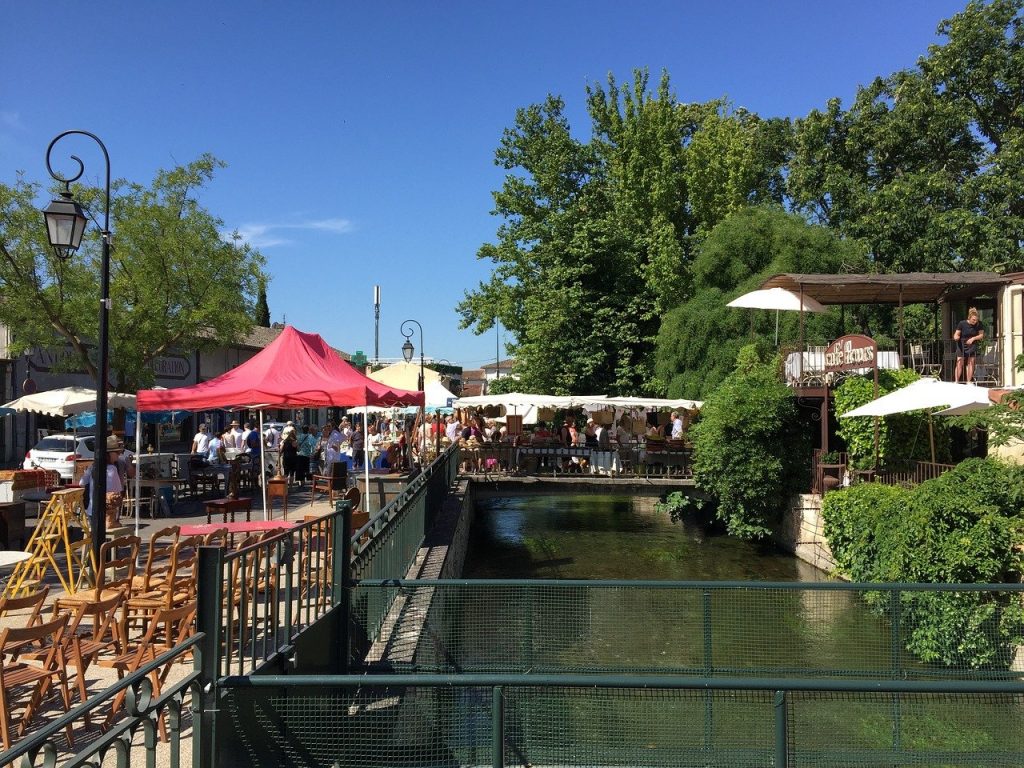
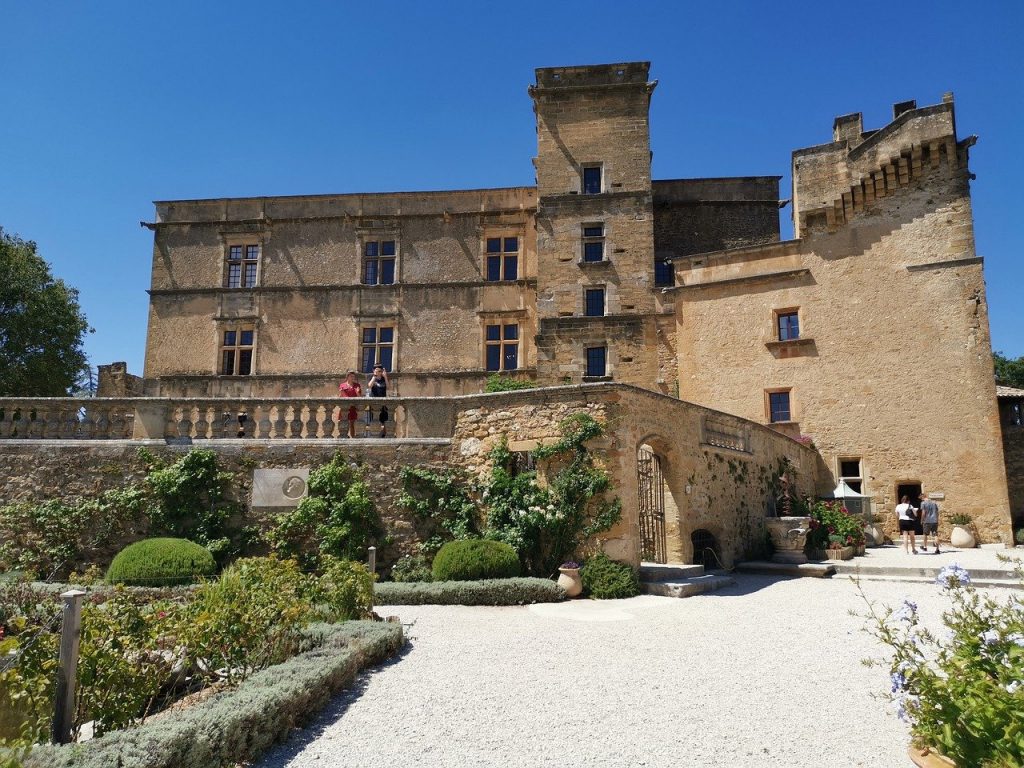
LOURMARIN
Lourmarin is one of the most beautiful villages in France. At the foot of the Luberon, the village is one of the only gateways across the massif, via the Combe de Lourmarin. Lourmarin possesses the unique charm of the Luberon villages, where the calades (cobbled streets) wind from the belfry to the church, meeting fountains and skirting rustic stone facades. These streets are regularly enlivened on Friday mornings by a farmers' market and, occasionally, by craft stalls.
GORDES
A superb hilltop village in the heart of the Luberon. On the edge of the Parc Naturel Régional du Luberon, in the heart of the Monts de Vaucluse, Gordes is the emblem of the Provençal hilltop village. Described, photographed and admired a thousand times, it owes its aura to the illustrious artists who once revealed it and left a cultural imprint that is still very much alive today.
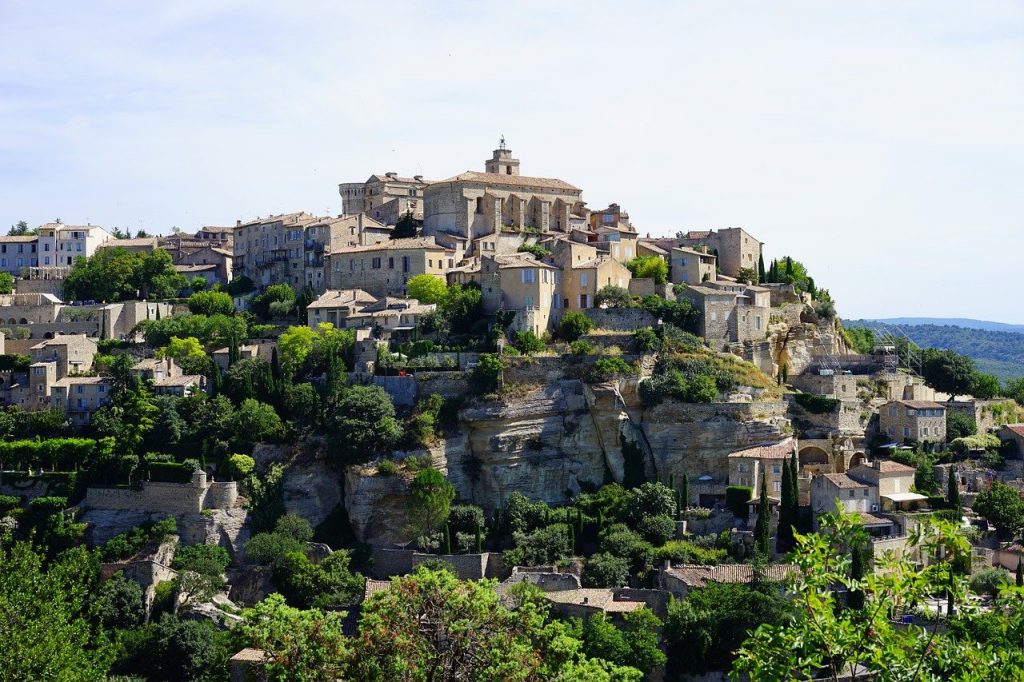
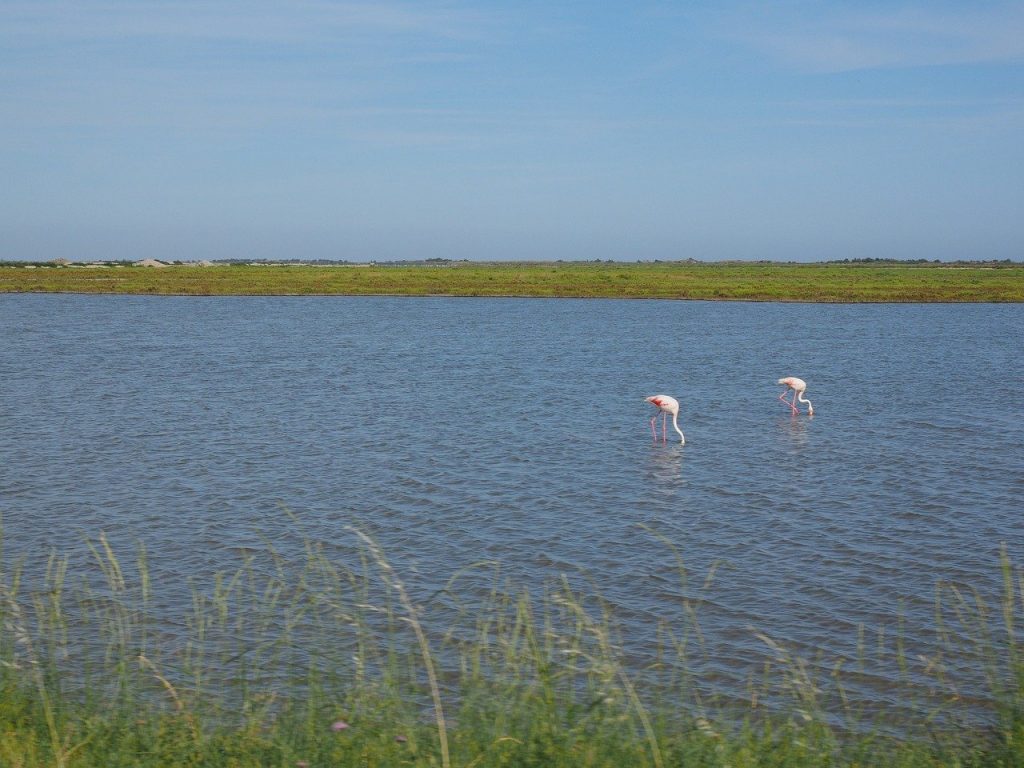
THE REGIONAL NATURAL PARK OF CAMARGUE
The Camargue, a vast wetland area located in the Rhone delta, is an exceptional region: biological wealth, diversity of flora and fauna, variety of landscapes, the grandeur and history of Provencal culture...
From sandy beaches to reed beds, from rice paddies to wheat fields, from salt marshes to the Grande Bleue, the Camargue Regional Nature Park has many faces to offer visitors. Born of the struggle between the Rhône and the Mediterranean Sea, the Camargue is one of the richest biological regions in Western Europe.
UZÈS
First Duchy of France. Situated in a triangle formed by the towns of Nîmes, Alès and Avignon, the discreet but oh-so-elegant town of Uzès has preserved much evidence of its rich past. Surrounded by the Boulevard Gambetta, the medieval town is a maze of narrow streets and shady squares lined with 17th and 18th century town houses. Every Saturday, under the arcades of the Place aux Herbes and in the surrounding streets, a market is held, the reputation of which has long since spread beyond the borders of the region.

